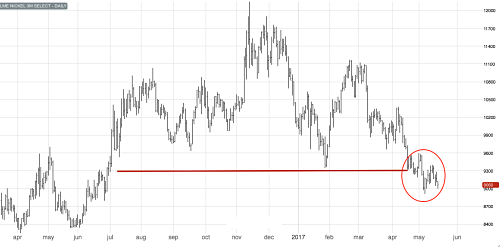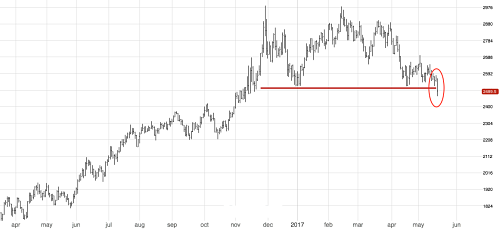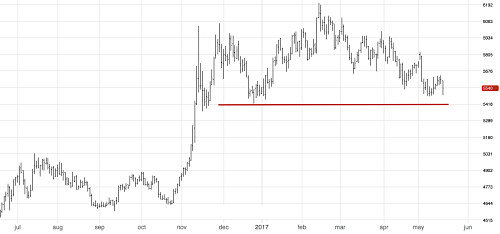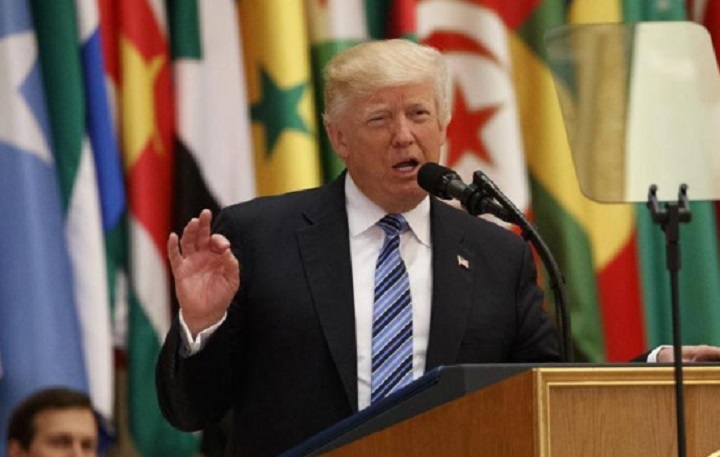Ever since current U.S. president Donald Trump took over the Obama administration earlier this year, concern over the U.S.’s political stability have increased in the general public as well as investors, in particular.
The U.S. dollar is one of the many things that have been affected by the Trump administration, having fallen to a 6-month low. As a result, investors are selling dollars and buying euros as political uncertainty plague the U.S. and several elections coming up in Europe.
With the worth of the dollar decreasing, this would typically mean a rise in prices for industrial metals. However, this wasn’t the case. While precious metals such as gold and silver have risen — as expected — base metal prices have been declining thanks to a slump in demand from China.
Investors are now changing tactics when it comes to zinc investments as Chinese media company Caixin reported a purchasing manufacturing index (PMI) of 50.3 in April — the lowest that it’s been since September 2016. The disappointing lack of growth, along with Beijing’s plans to begin to limit credit, has caused investors to realize that demand for industrial metals will most likely take a hit in the near future.
In addition, the commodity markets is beginning to spiral down for the first time in a while — prices for oil and gas have been falling and soon enough, industrial metals will most likely follow. In fact, some industrial metals have already begin to fall. Nickel prices have been down by 10% since January of this year with Indonesia easing up on its export ban and Philippine miners come out on top in its disputes against environmentalists. Just recently, the metal hit its 10-month low.

Zinc prices followed shortly after — despite predictions of a deficit in supply this year, the metal’s price have fallen into a six-month low. While the price did pick back up again, the falling prices despite projections of a deficiency in supply signals trouble for the industrial metals market. Investors should follow the metal closely.

Following zinc, lead prices fell to a four-month low in May. For the past six months, the metal prices had been quite volatile.
Copper prices have been steady, but also range-bound so far this year. However, with lower concerns over supply and China’s slowdown in demand, even copper prices could hit some lows.

While some metals may hold their price more steadily than others, it is expected that the prices of industrial metals will more or less move together — as seen with the examples above and how quickly the metals fell in price one after another.
What’s Next for Metal Investors?
Investors are strongly encouraged to keep a close eye on the developments of the market as well as the stocks of industrial metals. If you are only focused on a specific metal and its fundamentals and technicals, it might do more harm than good. As the general market sentiment continues to fall, it may be best for investors to re-evaluate their portfolio and investment strategies.
Featured Image: twitter










